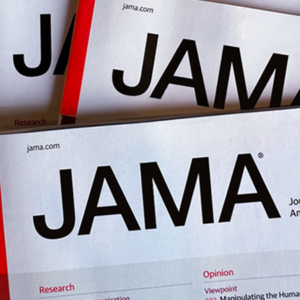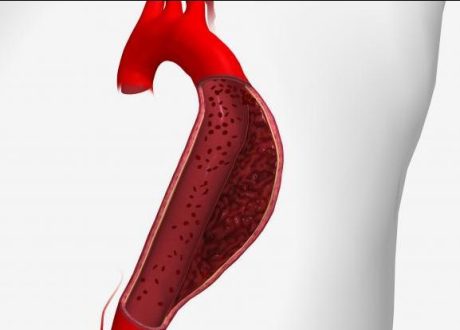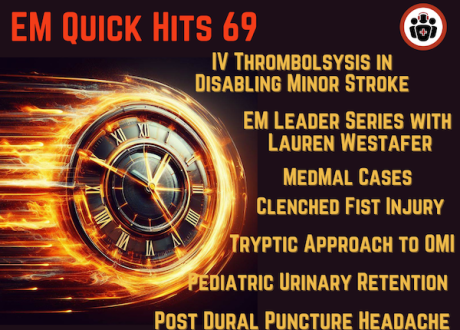 Guideline title ESICM Guidelines on Acute Respiratory Distress Syndrome: Definition, Phenotyping and Respiratory Support Strategies
Guideline title ESICM Guidelines on Acute Respiratory Distress Syndrome: Definition, Phenotyping and Respiratory Support Strategies
Release date June 16, 2023
Developer European Society of Intensive Care Medicine (ESICM) ![]()
Target population Adult patients with or at risk for acute respiratory distress syndrome (ARDS)
Major recommendations
-
For nonintubated patients with acute hypoxemic respiratory failure not due to cardiogenic pulmonary edema or chronic lung disease
-
Use high-flow nasal oxygen (HFNO) vs conventional oxygen therapy to reduce risk of intubation (strong recommendation; moderate level of evidence)
-
-
For intubated patients with ARDS
-
Use low tidal volume ventilation (ie, 4-8 mL/kg predicted body weight) vs larger tidal volumes to reduce mortality (strong recommendation; high level of evidence)
-
Do not use prolonged high-pressure recruitment maneuvers (strong recommendation; moderate level of evidence) or brief high-pressure recruitment maneuvers (weak recommendation; high level of evidence)
-
-
For intubated patients with moderate to severe ARDS
-
Use prone position to reduce mortality (strong recommendation; high level of evidence)
-
Do not routinely use continuous infusions of neuromuscular blockade to reduce mortality (strong recommendation; moderate level of evidence)
-
Refer patients who meet criteria for ECMO (extracorporeal membrane oxygenation) to ECMO centers (strong recommendation; moderate evidence)
-









